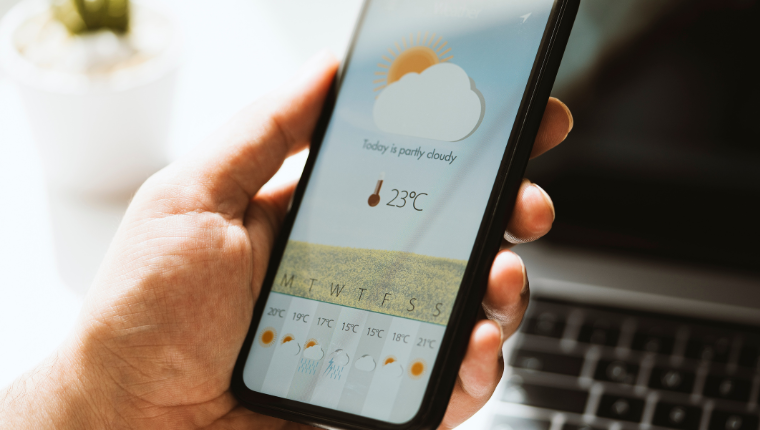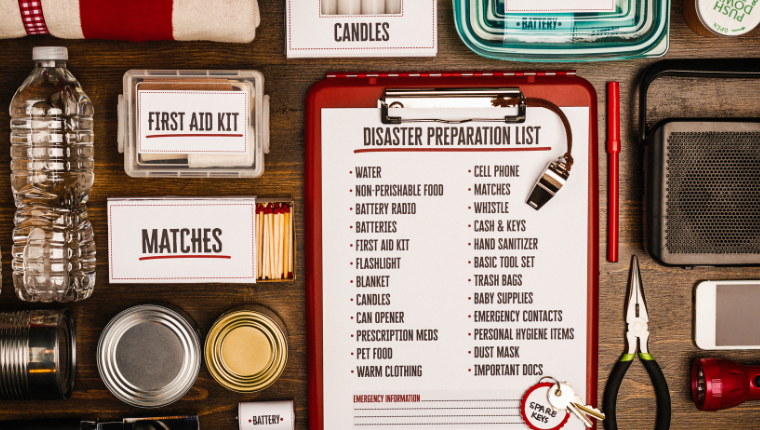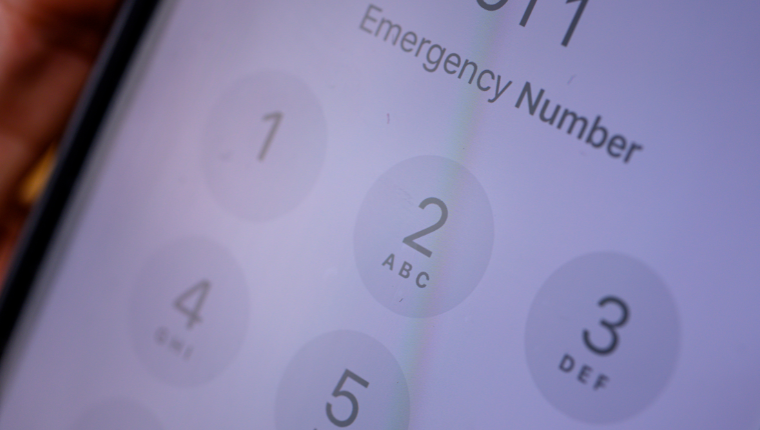National Preparedness Month – How to Build a Lasting Legacy
August 29, 2022 | by BMI Staff
September is National Preparedness Month, which is an annual safety observance hosted by the government, reminding families across the country of the importance of preparing for disaster ahead of time. The theme for 2022 is “A Lasting Legacy,” and the goal is to spread awareness regarding the importance of protecting that which you’ve worked so hard to build. Your family’s lifestyle is important. It is a culmination of years of hard work, various personalities coming together to form unique traditions, and a way of life for those you love the most. Protect not only your assets like your home and car this month, but also your family’s foundation of traditions and customs, which can all-too-quickly become turned on their heads in the face of a life-altering disaster.
Sign up for local weather and emergency alerts
As a society, we are rapidly evolving to rely on our mobile devices for many of our daily tasks. Because we need them for so many things, they’re always on us. Utilize this pocket-sized library of information when preparing for disaster by signing up to receive free weather alerts, which will come directly to your phone the moment they arise. One simple way to receive weather alerts specific to your geographic area is to download The Weather Channel app and enter your location. Additionally, because this is a nation-wide resource, the app will track your location when you travel and alert you of weather emergencies wherever you may be.
Prepare an emergency kit
If you have a storm shelter or basement where your family knows to hunker down during extreme weather, make sure the area is also stocked with supplies that may end up being the difference between life and death. Below is a list provided by ready.gov that includes several items that may assist you and your family in navigating a potential disaster:
- Water (one gallon per person per day for several days, for drinking and sanitation)
- Food (at least a several-day supply of non-perishable food)
- Battery-powered or hand crank radio and a NOAA Weather Radio with tone alert
- Flashlight
- First aid kit
- Extra batteries
- Whistle (to signal for help)
- Dust mask (to help filter contaminated air)
- Plastic sheeting and duct tape (to shelter in place)
- Moist towelettes, garbage bags and plastic ties (for personal sanitation)
- Wrench or pliers (to turn off utilities)
- Manual can opener (for food)
- Local maps
- Cell phone with chargers and a backup battery
Some additional considerations for your emergency kit may include pet food, prescription medication, infant formula, and other daily necessities based on your lifestyle and family members’ health needs.
Make a family communications plan
Planning for multiple, common scenarios that your family might be in when disaster strikes is a necessary part of becoming prepared. Create several plans for each scenario your family may be in, as many disasters happen during the day when your family might be separated.
- Make sure every family member has a cell phone and program a list of emergency phone numbers (fire, police, ambulance, etc.) along with family member’s numbers.
- Teach your children how and when to call 911 for help.
- Teach your children how to send a text message, as this form of communication might be more accessible than a phone call during outages.
- Decide on multiple meeting places for your family to regroup after a disaster. For example, if you are all in the house, meet in the basement. If you are all separated throughout town by work and school, decide on a meeting place that is walkable for all parties.
- Create a contact card for each member of the family, complete with names, numbers, and addresses of both local and out-of-town family members. Keep these cards in a purse, wallet or child’s backpack. Include an emergency contact name and number, an out-of-town contact name and number, a neighborhood meeting place and any other important information.
We hope that these tips to create a disaster preparedness plan will help you feel more at-ease about the possibility of severe weather. Ready.gov would like to remind you that protecting your family is the best plan you can make!









